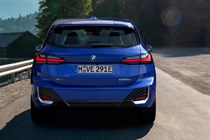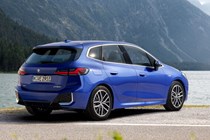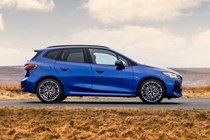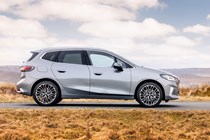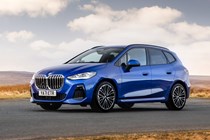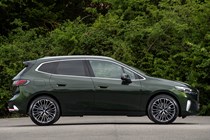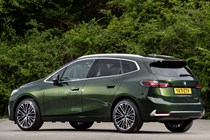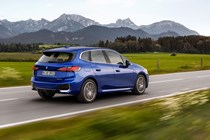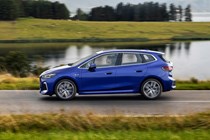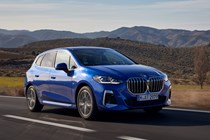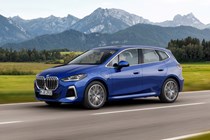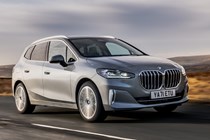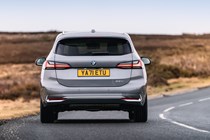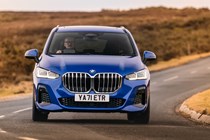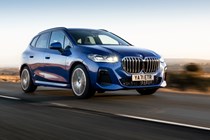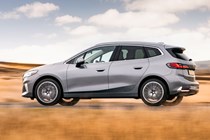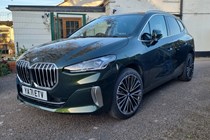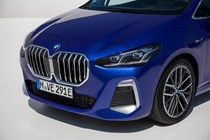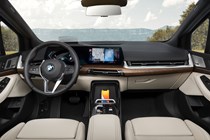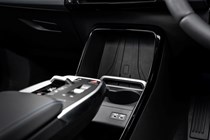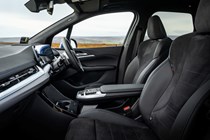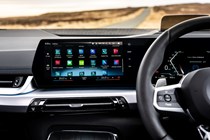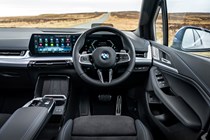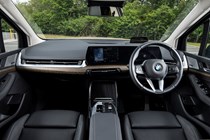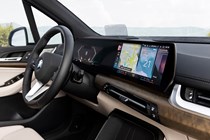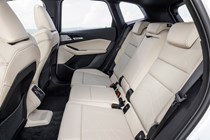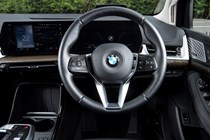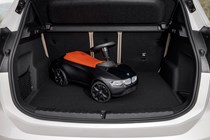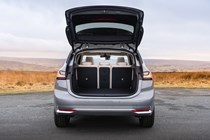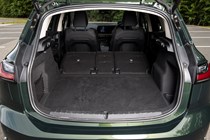
BMW 2-Series Active Tourer running costs and reliability
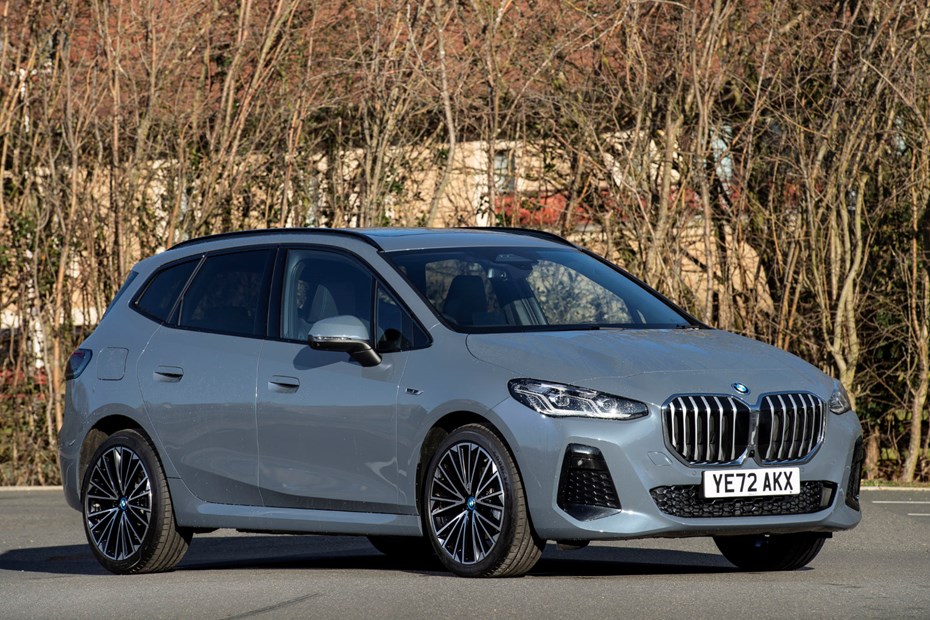
Miles per pound (mpp) ⓘ
| Petrol engines | 6.6 - 7.1 mpp |
|---|---|
| Diesel engines | 7.1 - 7.5 mpp |
| Plug-in hybrid petrol engines * | 6.9 - 7.3 mpp |
Fuel economy ⓘ
| Petrol engines | 44.8 - 48.7 mpg |
|---|---|
| Diesel engines | 55.4 - 58.9 mpg |
| Plug-in hybrid petrol engines * | 47.1 - 49.6 mpg |
- PHEV most frugal
- Petrol and diesel options also available
- 220i will suit most people
What are the running costs?
The cheapest petrol is marked 220i. It’s a three-cylinder 1.5-litre that’s officially capable of up to 47.9mpg, although a figure around the low forties is more likely in the real world, at least if our long-term test is anything to go by. The 223i is a four-cylinder 2.0-litre petrol engine. Official mpg maxes out at 47.1mpg with real world economy also not much worse than the 220i.
The 220i is expected to be the bigger seller of the two as it’s cheaper and more economical. But if you value performance, the 230i is usefully quicker and nearly as economical in real-world testing.
Both of these engines are mild hybrids. This means they use a very small electric motor and battery pack and aren’t capable of running on pure electric power like a normal hybrid. But it makes for little improvements to acceleration and mpg here and there.
The predictive regeneration system is impressive. It uses the navigation and semi-autonomous tech to slow the car down, for instance, when approaching a roundabout in the most efficient way. It sounds complex but it feels very natural.
There’s one diesel on offer, badged as the 220d. Fuel consumption is a claimed 53.3-58.9mpg.
The two PHEVs both use a 1.5-litre petrol engine and a battery. The less powerful model, badged 225e xDrive should be more economical. While the more powerful version, labelled 230e xDrive will be less so.
Officially they will do 403.5-470.8mpg which is faintly ridiculous. If you charge every time you get home and drive short distances, you can expect three figure mpg, but as high as 400 is unlikely. Official range for both power options is 54-56 miles. We reckon it’s more like 45-ish if you use the motorway and a bit less if it’s cold.
The PHEVs should charge from 0-100% in about 2 hours 30 minutes from a wallbox thanks to 7.4kW charging performance.
Servicing and warranty
BMW offers several servicing plans, including one where an upfront payment will cover at least the first four years worth of services. BMW also offers monthly service plans.
The 2 Series Active Tourer comes with a three-year unlimited mileage warranty that includes breakdown cover.
Reliability
- Too early to tell reliability
- Shares parts with reliable and proven models
- No recalls yet
The 2 Series Active Tourer is a new car so it’s too early to make any judgements about reliability so far. On our test drives nothing went wrong or fell off.
Head to our owner’s review sections to see what owners make of it.
It does at least share lots of mechanical parts with other BMWs, but the software is new and relatively unproven.
Ongoing running costs
| Road tax | £190 - £600 |
|---|---|
| Insurance group | 22 - 33 |
Get an insurance quote with

|
|



